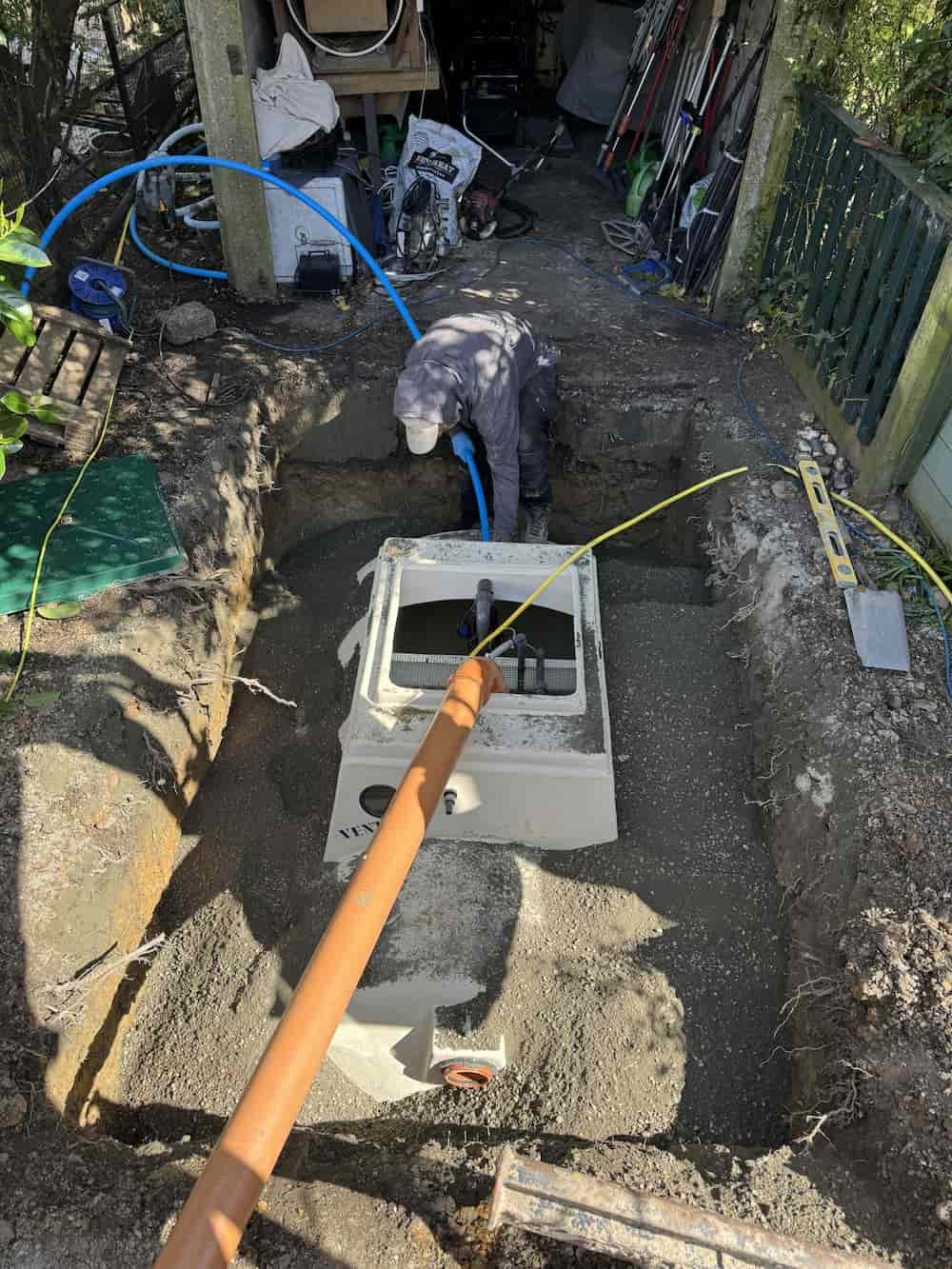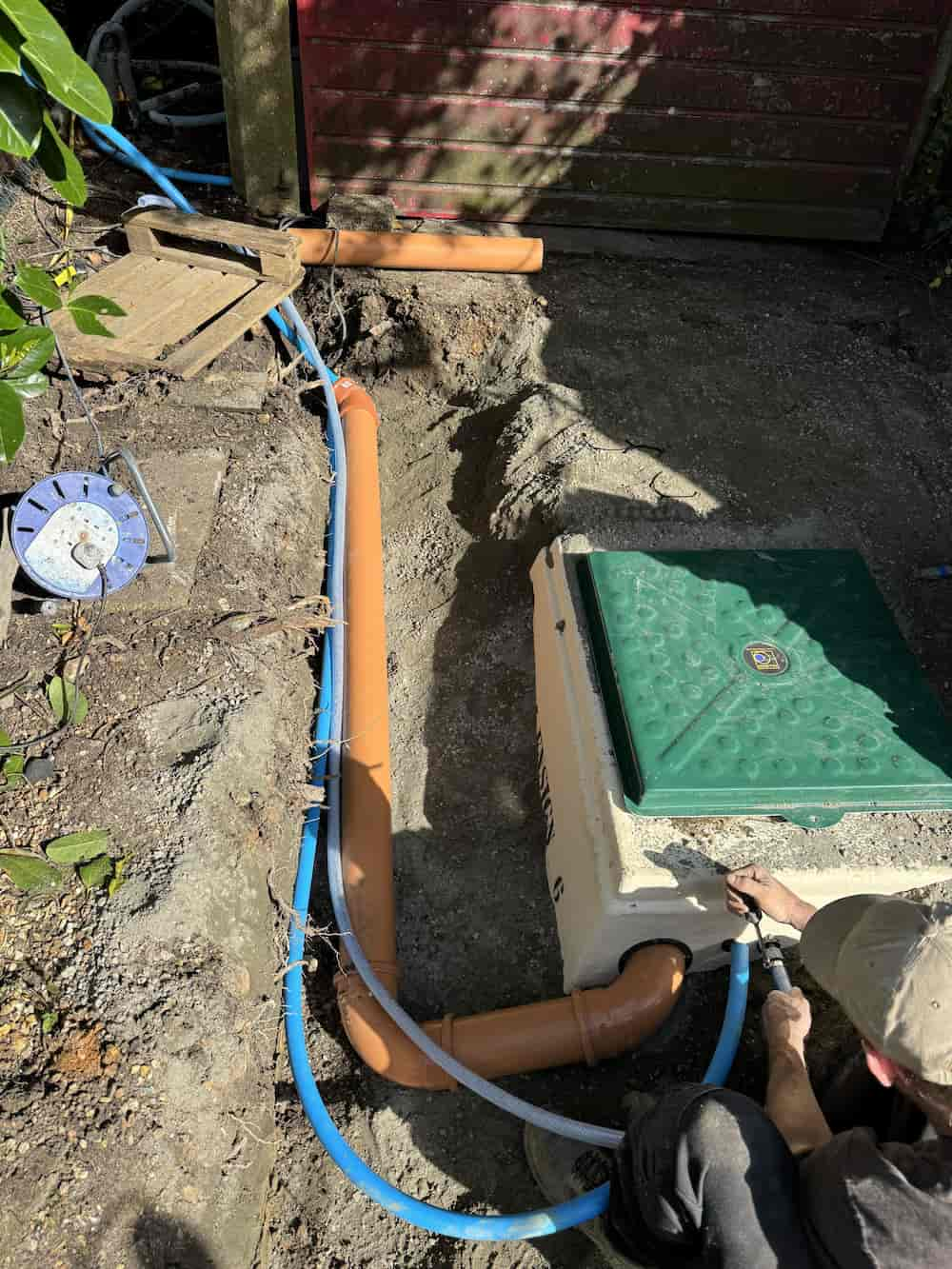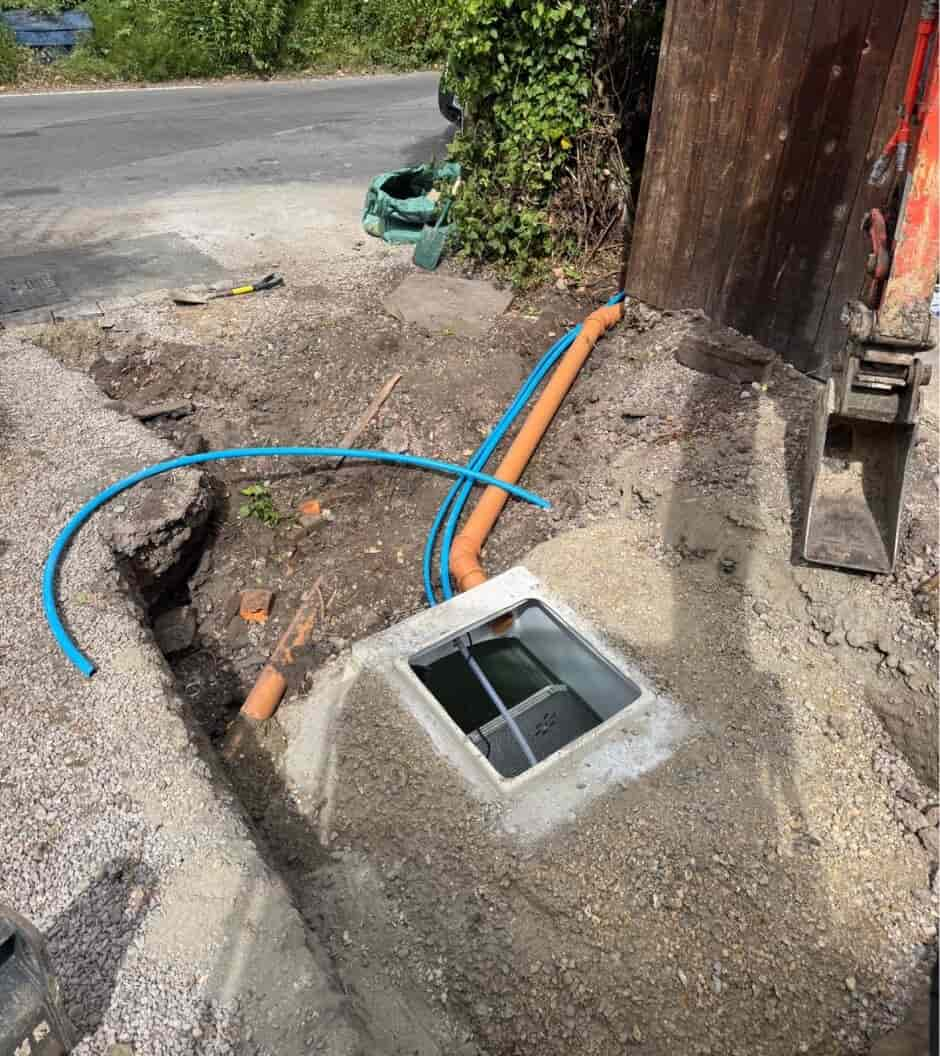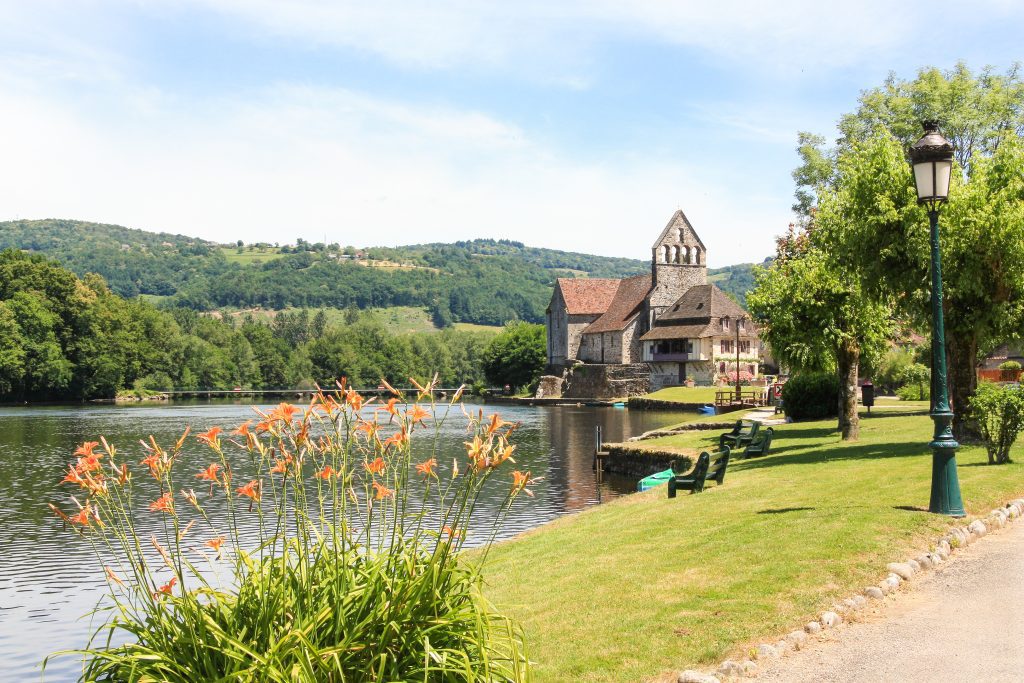
Percolation Test in Beaulieu
Looking for an expert drainage contractor to conduct a percolation test at your property? No matter where you are—Beaulieu, The New Forest, Hampshire or elsewhere in the South of England, Smart Drainz has you covered. Contact us today to schedule an appointment.
Call Smart Drainz on 03332 027129 for Percolation Tests anywhere in the South of England!
Call Smart Drainz on 03332 027129 for Percolation Tests anywhere in the South of England!
Call Smart Drainz on 03332 027129 for Percolation Tests anywhere in the South of England!
Call Smart Drainz on 03332 027129 for Percolation Tests anywhere in the South of England!
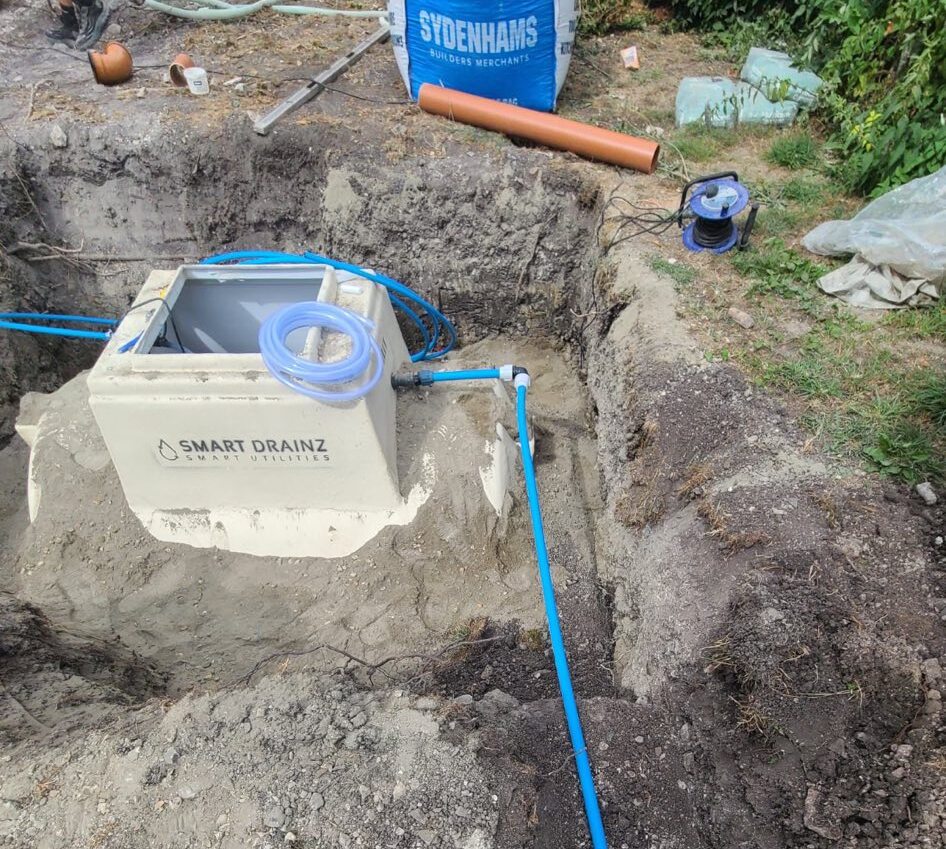
- Smart Drainz -
How Percolation Tests Inform Drainage Design & Installation
In areas such as Beaulieu, where rural and semi-rural properties often rely on off-mains drainage, understanding the site-specific suitability of the ground is critical. A percolation test is the foundational element in assessing whether the land can adequately support a drainage system. The outcome of this test directly affects system type, soakaway sizing, and layout, and determines whether further compliance steps—such as applying for Environmental Agency Discharge Permits—are necessary.
This process ties closely into the General Binding Rules, which govern discharge to ground and surface water, and forms a vital part of both pre-purchase surveys and new drainage installations. For full legal and environmental compliance, especially in sensitive locations like Beaulieu, drainage design must be guided by robust, standardised soil testing protocols from the outset.
The Role of Percolation Testing in Drainage Strategy
A percolation test measures how quickly water drains through the soil—an essential metric when determining whether a property can accommodate a drainage field or soakaway. This test is mandated by BS 6297 and is necessary for all proposals involving discharge to ground. The goal is to avoid pollution risks by ensuring effluent is absorbed and treated safely through the subsoil.
When the test indicates that infiltration is too slow or too rapid, discharge to ground may be considered unsafe or ineffective. In such cases, a revised system—potentially requiring Environmental Agency Discharge Permits—must be designed to remain within the scope of the General Binding Rules or move to a permitted solution.
A percolation test is usually carried out as part of the following scenarios:
- New property developments relying on off-grid sewage treatment
- Replacement of failed soakaway systems
- Planning applications for extensions impacting foul water drainage
- Detailed pre-purchase surveys on properties with unknown or ageing systems
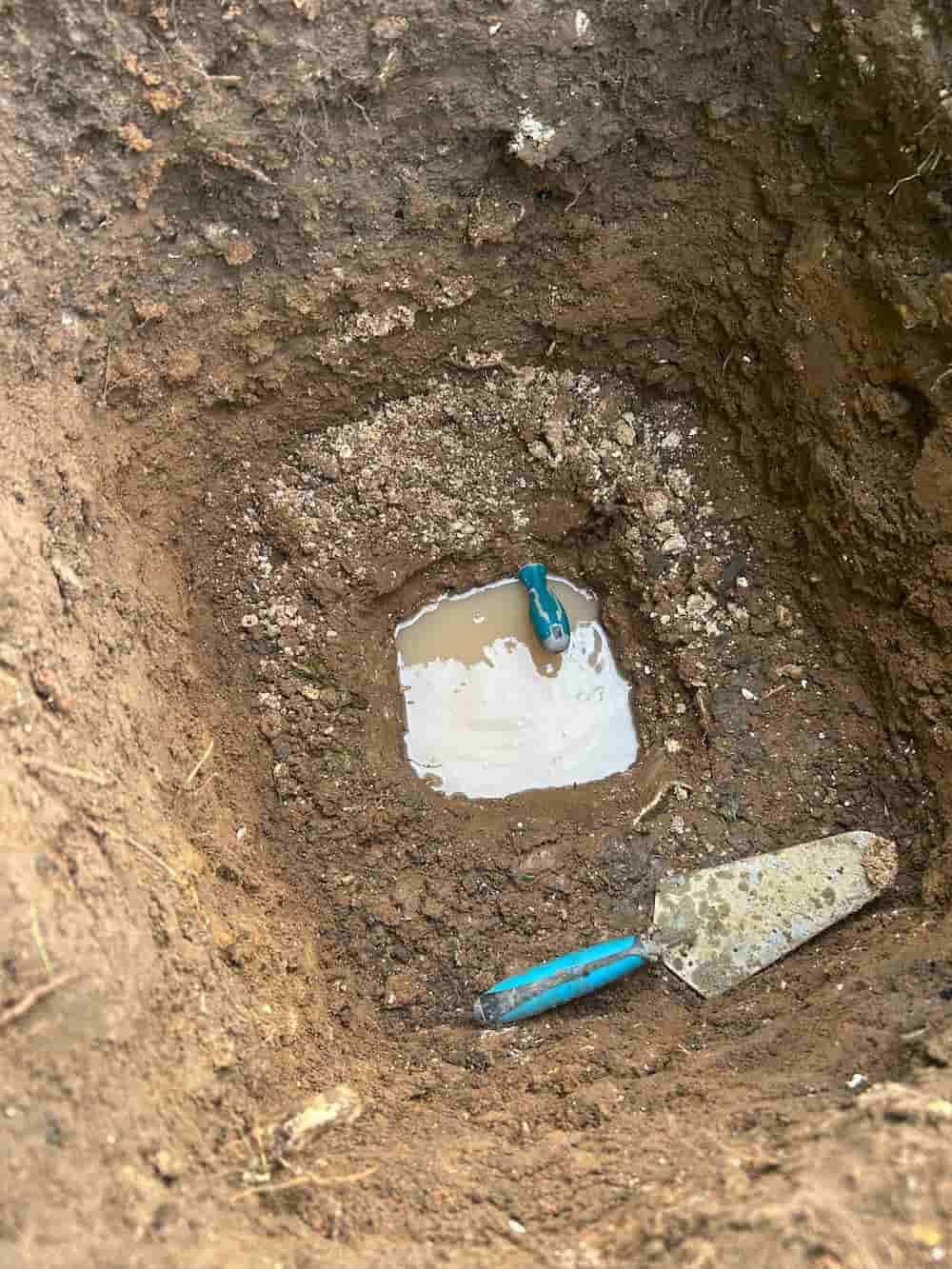
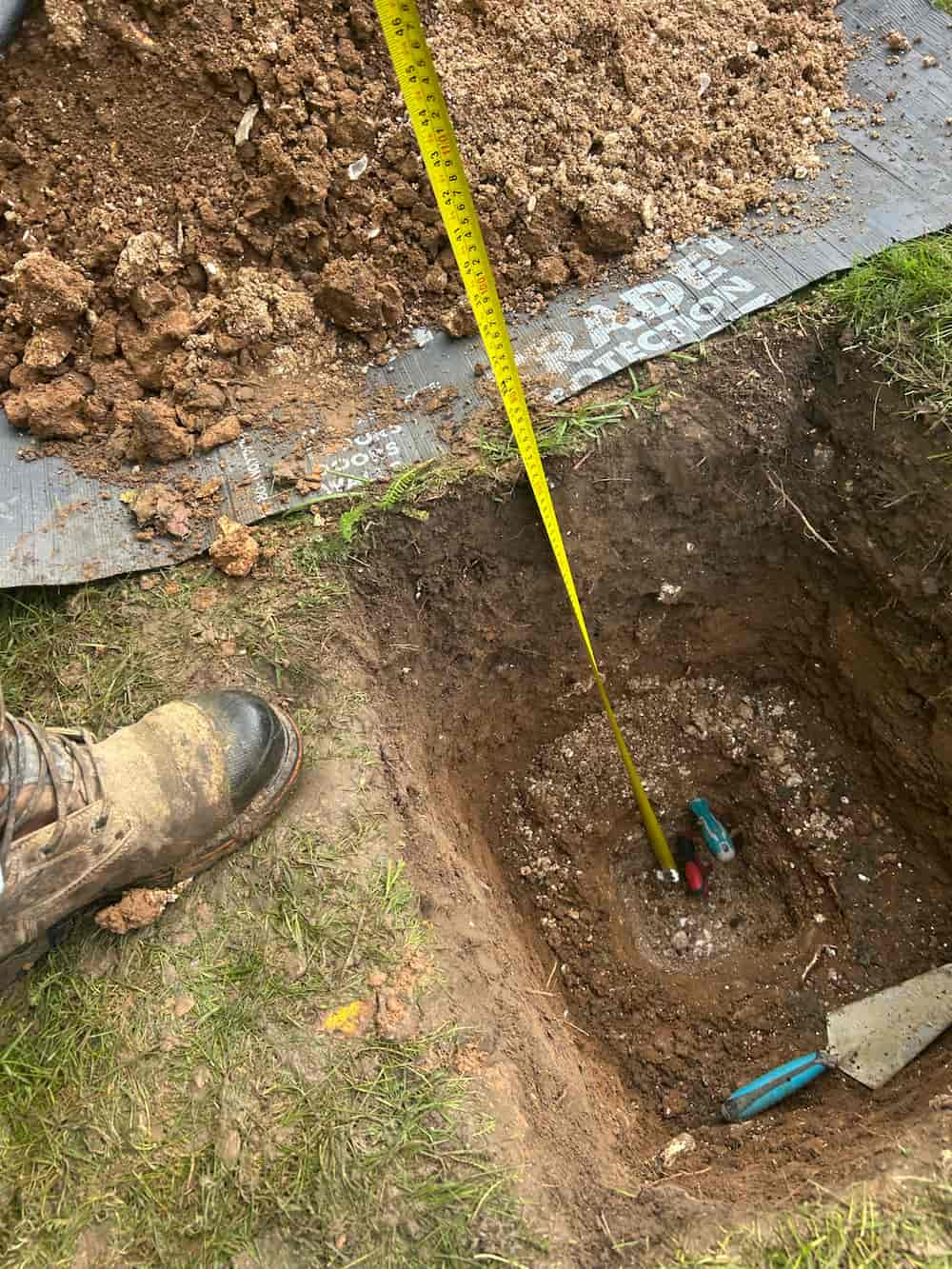
Interpreting the Results: Technical Parameters That Matter
Percolation test results are recorded as Vp (minutes per mm), which refers to the time taken for water to drain through 1 mm of soil in the test pit. The acceptable range for typical septic tank drainage fields is between 15 and 100 Vp. Values outside this range necessitate a design rethink.
Test outcomes affect several core design components:
- System Type – for example, septic tank with drainage field, package treatment plant, or above-ground alternative.
- Soakaway Size & Shape – Longer or deeper trenches may be required in slower-draining soils.
- Location Suitability – High groundwater tables, shallow bedrock, or impermeable clays may invalidate standard designs.
- Permit Requirements – Poor infiltration rates may demand redirection of discharge and require Environmental Agency Discharge Permits.



